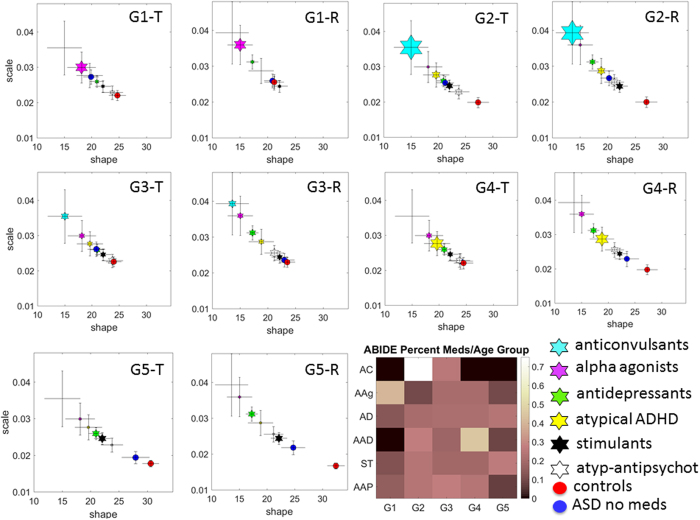Figure 5. Speed-dependent stochastic signatures of head micro-movements as a function of medication status and age, for medication classes when taken as part of a combination-treatment.
Each age group number and letter (e.g. G1-T and G1-R) corresponds to the linear/translational (T) and angular/rotational (R) speed-dependent signatures across medication classes shown with 95% Confidence Intervals (CIs). Groups by age are G1 (6–10.99), G2 (11–12.99), G3 (13–14.99), G3 (15–16.99), G5 (above 17) years old. The empirically estimated Gamma parameters are obtained from the pooled group data comprising ASD individuals ‘on’ medication and each point is cast against the members of age-matched reference groups (medication naïve ASD: blue and CT: red). Note that controls have the lowest NSR and the highest shape (most symmetric) value across all age groups. The size of the marker on the Gamma parameter plane represents the percentage of that medication type within the group based on the reported information in the ABIDE. The color-coded matrix presents these proportions for each age group (columns) and medication class (rows). The most commonly prescribed medication class for each age group is as follows: G1: alpha agonist, G2: anticonvulsant, G3: anticonvulsant, G4: atypical ADHD and G5: stimulant. No marker means that the medication intake is not reported in the group (matrix entry with darkest color).

